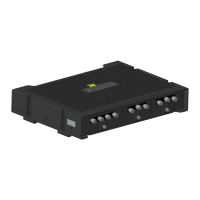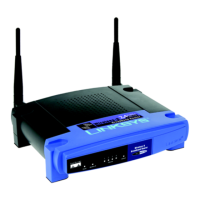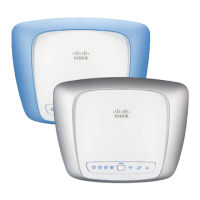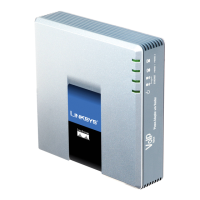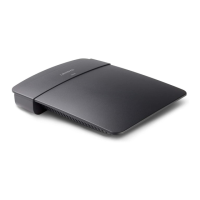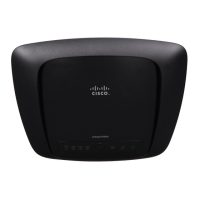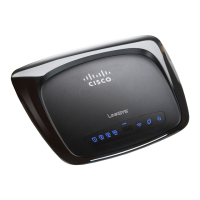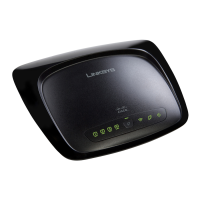18-11
Catalyst 3750 Switch Software Configuration Guide
OL-8550-02
Chapter 18 Configuring STP
Understanding Spanning-Tree Features
Spanning-Tree Interoperability and Backward Compatibility
Table 18-2 lists the interoperability and compatibility among the supported spanning-tree modes in a
network.
In a mixed MSTP and PVST+ network, the common spanning-tree (CST) root must be inside the MST
backbone, and a PVST+ switch cannot connect to multiple MST regions.
When a network contains switches running rapid PVST+ and switches running PVST+, we recommend
that the rapid-PVST+ switches and PVST+ switches be configured for different spanning-tree instances.
In the rapid-PVST+ spanning-tree instances, the root switch must be a rapid-PVST+ switch. In the
PVST+ instances, the root switch must be a PVST+ switch. The PVST+ switches should be at the edge
of the network.
All stack members run the same version of spanning tree (all PVST+, all rapid PVST+, or all MSTP).
STP and IEEE 802.1Q Trunks
The IEEE 802.1Q standard for VLAN trunks imposes some limitations on the spanning-tree strategy for
a network. The standard requires only one spanning-tree instance for all VLANs allowed on the trunks.
However, in a network of Cisco switches connected through IEEE 802.1Q trunks, the switches maintain
one spanning-tree instance for each VLAN allowed on the trunks.
When you connect a Cisco switch to a non-Cisco device through an IEEE 802.1Q trunk, the Cisco switch
uses PVST+ to provide spanning-tree interoperability. If rapid PVST+ is enabled, the switch uses it
instead of PVST+. The switch combines the spanning-tree instance of the IEEE 802.1Q VLAN of the
trunk with the spanning-tree instance of the non-Cisco IEEE 802.1Q switch.
However, all PVST+ or rapid-PVST+ information is maintained by Cisco switches separated by a cloud
of non-Cisco IEEE 802.1Q switches. The non-Cisco IEEE 802.1Q cloud separating the Cisco switches
is treated as a single trunk link between the switches.
PVST+ is automatically enabled on IEEE 802.1Q trunks, and no user configuration is required. The
external spanning-tree behavior on access ports and Inter-Switch Link (ISL) trunk ports is not affected
by PVST+.
For more information on IEEE 802.1Q trunks, see Chapter 13, “Configuring VLANs.”
VLAN-Bridge Spanning Tree
Cisco VLAN-bridge spanning tree is used with the fallback bridging feature (bridge groups), which
forwards non-IP protocols such as DECnet between two or more VLAN bridge domains or routed ports.
The VLAN-bridge spanning tree allows the bridge groups to form a spanning tree on top of the individual
Table 18-2 PVST+, MSTP, and Rapid-PVST+ Interoperability
PVST+ MSTP Rapid PVST+
PVST+ Yes Yes (with restrictions) Yes (reverts to PVST+)
MSTP Yes (with restrictions) Yes Yes (reverts to PVST+)
Rapid PVST+ Yes (reverts to PVST+) Yes (reverts to PVST+) Yes
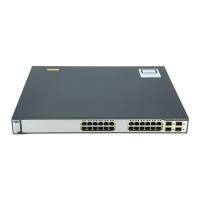
